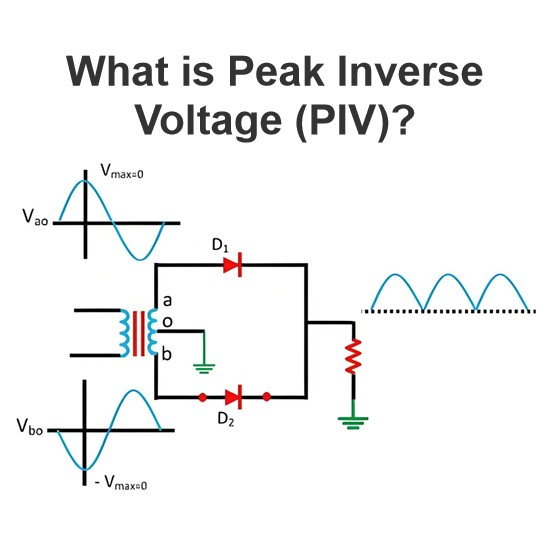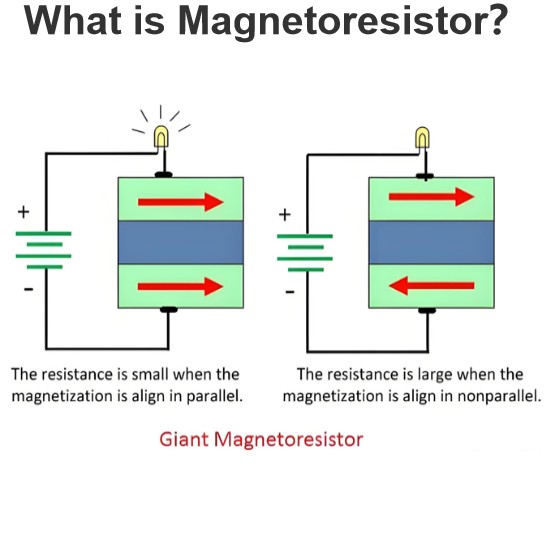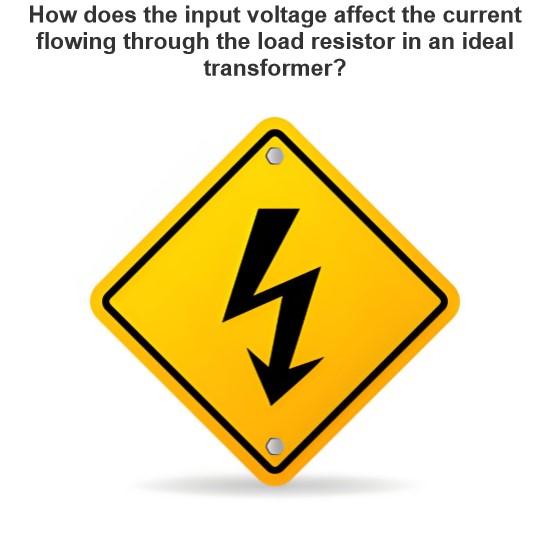The difference between short circuit, overload and undervoltage protection
Short circuit protection
Short circuit protection means that when there is a short circuit fault in the circuit, the protection device can quickly cut off the power supply to prevent the equipment and line from being damaged by too much current. A short circuit is usually caused by the direct shorting of the wires in the circuit, resulting in a direct reflux of current without the load.
Peculiarity
High current: Short circuit will cause the current to increase sharply, usually far more than the normal working current.
Fast response: Short-circuit protection devices (such as circuit breakers, fuses) must cut off power in a very short time (milliseconds).
Protection objective: To prevent equipment and lines from being damaged by excessive current.
Protection equipment: Common protection equipment includes circuit breakers, fuses, etc.
Apply
Home circuitry: Protects home circuitry from fire risks caused by short circuits.
Industrial equipment: Protect motors, transformers and other equipment from short-circuit damage.
Overload protection
Overload protection means that when the current in the circuit exceeds its rated current but does not reach the short-circuit level, the protection device can cut off the power supply in time to prevent the device from overheating and damage due to long-term overload operation.
Peculiarity
Long-term overload:The overload current is usually slightly higher than the rated current, but the duration is longer.
Delay response: Overload protection equipment (such as thermal relays, overload protectors) will cut off the power after a period of time to prevent instantaneous overload resulting in misoperation.
Protection objective: To prevent equipment from overheating and damage due to long-term overload operation.
Protection equipment: Common protection equipment includes thermal relays, overload protectors, etc.
Apply
Motor protection: Protect the motor from overheating damage caused by overload operation for a long time.
Heating equipment: Protect the heating equipment from overheating and damage caused by overload operation.
Undervoltage protection
Undervoltage protection means that when the voltage in the circuit is lower than a certain predetermined value, the protection device can cut off the power supply to prevent abnormal work or damage caused by the device operating under low voltage.
Peculiarity
Low voltage: Undervoltage protection usually occurs when the voltage is below the minimum required voltage for normal operation of the equipment.
Delayed response: Undervoltage protection devices (such as undervoltage relays) will cut off power for a period of time after the voltage falls below a predetermined value.
Protection objective: To prevent abnormal operation or damage caused by equipment operating at low voltage.
Protection equipment: Common protection equipment includes undervoltage relay, undervoltage lock out device, etc.
Apply
Motor protection: Prevent overheating and damage caused by starting or running the motor at low voltage.
Control system: Protects the control system from misoperation or damage caused by low voltage.
The Electricity Encyclopedia is dedicated to accelerating the dissemination and application of electricity knowledge and adding impetus to the development and innovation of the electricity industry.













